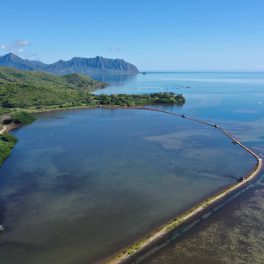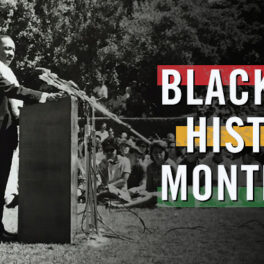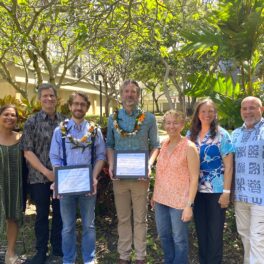Maui Electric Company hosted forum on energy resilience
 Chip Fletcher speaks during an energy resilience forum hosted by Maui Electric Co. at the Cameron Center on Thursday night. Experts from Maui’s energy and resilience sector, including MECO, the Pacific Disaster Center, Maui County and Hi Performance Energy Resilient Communities, gathered to discuss Hawaii’s move toward cleaner energy and more resilient communities. Credit: The Maui News / Colleen Uechi.
Chip Fletcher speaks during an energy resilience forum hosted by Maui Electric Co. at the Cameron Center on Thursday night. Experts from Maui’s energy and resilience sector, including MECO, the Pacific Disaster Center, Maui County and Hi Performance Energy Resilient Communities, gathered to discuss Hawaii’s move toward cleaner energy and more resilient communities. Credit: The Maui News / Colleen Uechi.
With its abundant use of solar power and ambitious renewable energy goals, Hawaii is becoming a model for other states — but some of the most difficult steps lie ahead, says Chip Fletcher, associate dean of SOEST, professor in the Department of Earth Sciences and vice chairman of the Honolulu Climate Change Commission.
“Like most things in the world that are worth going for, it’s going to be a hard slog full of difficult choices that we know we have no option but to make,” said Fletcher, who was on Maui on Thursday evening for a Maui Electric Co. forum on energy resilience.
Why does Hawaii have no choice? Because the signs are already here, said Fletcher, who spoke alongside several experts from Maui’s energy and resilience sector, including Sharon Suzuki and Chris Reynolds of MECO, Carlos Villacis of the Pacific Disaster Center, Alex de Roode of Hi Performance Energy Resilient Communities (HiPER Comm) and Maui County government officials Fred Redell and Herman Andaya.
A recent federal climate change report confirmed the continuing rise of air and sea temperatures and said new data indicate “there is less time than previously thought” to prepare for climate impacts. In places like West Maui and Oahu’s North Shore, coastal property owners are taking emergency measures to keep their land from eroding. Residents have been battening down the hatches for hurricanes that seem to grow in intensity and frequency.
Fletcher said that weather disasters worldwide have doubled, and wildfire seasons are lasting 105 days longer than before. Food staples like rice, wheat, soy and maize are developing less nutrients because of higher carbon dioxide in the atmosphere. While greenhouse gas emissions stabilized from 2014 to 2016, they hit record highs in 2017 and 2018.
“One thing that still exists out there is an underappreciation of the urgency and sort of poor messaging,” Fletcher said. “The messaging that we really need to start decreasing our carbon emissions by 2030 is so wrong. It tells you that ‘Oh, you’ve got a decade before you really have to start worrying about it.’ And the message really is, we have to have a 50 percent decrease by 2030.”
Fortunately, Fletcher said, “Hawaii is actually jumping ahead” of the climate crisis in many ways, and has plenty to be proud of. Maui, already home to two wind farms, brought its first two large-scale solar projects online this year, with two more on the way. Rooftop solar has become commonplace on island and accounts for more than 100 megawatts.
Fletcher said no one can afford to opt out of Hawaii’s clean energy goals because they think their individual efforts don’t matter. He said the average person could help cut down on emissions by “having smaller families,” eating a plant-based diet, flying less, living in multigenerational homes, installing solar panels, buying and eating locally and voting for politicians who will make climate change a priority.
“Is it possible?” Fletcher said of Hawaii’s goals. “I would answer we have no choice.”
Read more on The Maui News.




